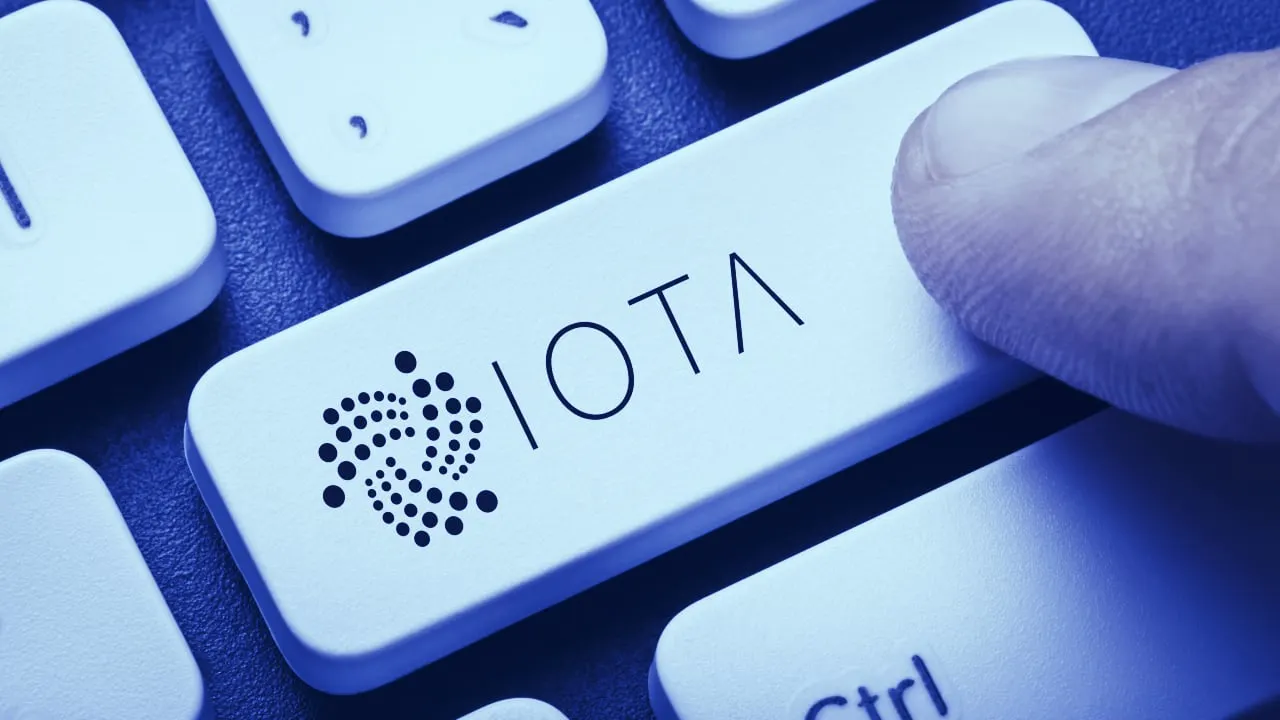We do the research, you get the alpha!
IOTA, the Internet-of-things-focused cryptocurrency, has finally confirmed that it has a solution to its so-called “coordinator problem.”
Until now, IOTA, which is worth over $1 billion, according to CoinMarketCap, and is backed by German engineering giant Bosch, has needed a coordinator—a security mechanism that ensures transaction finality and prevents double-spends—to protect the network against attacks.
This has opened it up to criticism for its lack of censorship resistance. Today, IOTA confirmed that it has a solution and will soon implement a protocol upgrade: “Coordicide,” a new, decentralized mechanism for securing the network.
“We have been working towards the removal of the Coordinator since IOTA’s inception,” said David Sønstebø, co-founder of IOTA Foundation. “Now, we are bringing that promise to fruition. With this major milestone, we are poised to accelerate into our next phase of growth and enterprise adoption in the real world.”
IOTA believes that the upgrade will propel it into a new dimension and enable it to become the first distributed-ledger technology to solve the holy trinity of fundamental problems that blockchain currently faces: high fees, scaling and centralization.
IOTA didn’t reveal too many details with respect to how the technology will function. The company did say, however, that the upgrade will introduce a “modular system that adds flexibility across all aspects of the IOTA protocol.”
A white paper is to be released, with more details of how the new protocol will operate.
IOTA promises that the new upgrade will provide “increased scalability, faster transaction finality and easier node maintenance,” as well as a variety of novel use cases. These are likely to include data-streaming services and other real-time applications. IOTA maintains that such uses are currently not feasible in other systems featuring DLT .
IOTA, headquartered in Germany, believes its advantage lies in using a drastically different model from a “traditional” blockchain. Instead of organizing transactions in blocks, IOTA uses something called a “Tangle” to organize IoT-enabled devices into nodes, connected via overlapping paths.
Its developers claim that this approach enables the possibility of 1,000 transactions per second without any fees charged.
The network, which is governed by the IOTA Foundation, also announced that it has recently expanded its research team and founded the IOTA Research Council. This, said IOTA, was a key factor in the development of the upgrade and removal of the much hated coordinator.





